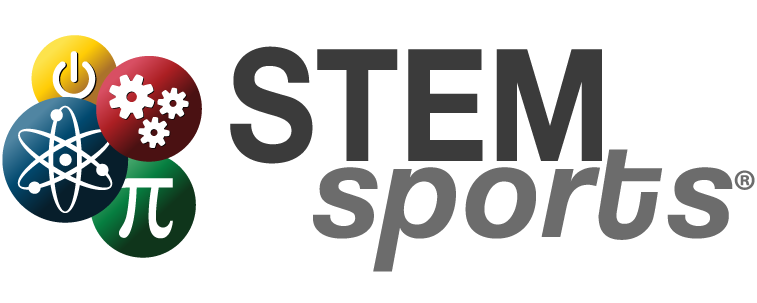STEM is a common term for science, technology, engineering, and mathematics. This term is frequently used when discussing education and certain workforce areas. When talking about STEM, a common topic is STEM literacy. STEM literacy is achieved when an individual comprehensively understands STEM concepts and can connect them to real-world scenarios.
1. Storytelling in Science
Storytelling can be a powerful tool when students are learning complex science concepts. Educators should encourage students to take meaningful notes throughout the lesson and then, at the end, students can take turns explaining their thought process and how they came to their final discovery/conclusion. This approach to science lessons improves students’ STEM literacy while exercising their communication skills.
2. Reading and Research ProjectsHere
Cross-curricular instruction is a highly effective teaching method that connects multiple areas of study to one key lesson. This teaching style has been proven to increase student comprehension, recall, and ability to connect their learnings to the world around them. One way educators and parents can promote STEM literacy at home or in the classroom is through reading and research projects.
In this model, educators can give students a topic, such as global warming. Then, students work independently to read real-world articles and studies on the topic. Alongside their reading, they can conduct their research. In the end, students can either present their findings to the class or write a research paper. Through this involved reading and researching process, students will learn about real-world problems and see why what they are learning is important to the world around them.
3. STEM Vocabulary Building Games
A key indicator of an individual’s STEM literacy is their ability to recall key information and terms about real-world situations. One way educators and parents can promote the improvement of students’ STEM vocabulary is through fun, engaging activities that allow for repetitive practice. This can be done through flashcards, STEM word bingo, crossword puzzles, or word searches.
4. Hands-On Activities
Kinesthetic learning is when someone learns best through hands-on instruction where they are interacting with the curriculum. Adding in this teaching style can be extremely beneficial and helps teachers engage a wide range of students.
An example of an effective, kinesthetic-focused curriculum is STEM Football. This curriculum focuses on teaching K-8 students complex STEM concepts through their real-world connection to football. In one module, students are tasked with looking at the evolution of the football helmet, making scientific observations about why changes were made and potential modifications that could be made in the future to protect players from head injuries. By relating this engineering activity to something approachable and familiar to students, they are more likely to stay engaged and understand what they are learning.
5. STEM Connection Journaling
Oftentimes, students learn things in the classroom that directly relate to something they see or hear about daily. This can be anything from learning addition and subtraction in the classroom and then going to the grocery store with cash to learning about caloric burn while playing soccer. STEM connections to the world around us are everywhere! This is something we want students to see. A unique, exciting way for students to start making these connections on their own is through STEM journaling. Each student should have their journal and, when they see STEM in the real world, they note it in their journal. Weekly or biweekly, educators can have students read out the STEM connections they made.
6. Debates on Technological and Ethical Issues
When someone feels confident in their knowledge of a specific topic they are more likely to share their opinions in a group setting. One way to improve students’ STEM literacy along with their communication and public speaking skills is through classroom debates.
Educators can provide students with a topic on a current STEM issue, such as technology and Artificial Intelligence (AI), for students to debate. After the topic is revealed, students can have a designated time to research and form their own opinions on the matter. Then, they can debate with their peers, hearing different opinions and further expanding their understanding of the topic.
The Power of Real-World Application in STEM
At STEM Sports®, we believe it is important to provide students with hands-on experiences connected to real-world examples when teaching STEM concepts. This approach can be done through a variety of methods, each of which helps students to improve their overall STEM literacy.
If you are a K-8 educator looking for turnkey STEM curricula for your classroom, click here to explore the STEM Sports curricula offers. Each curriculum uniquely emphasizes real-world connections between STEM and Sports, promoting a deeper understanding of the content.
